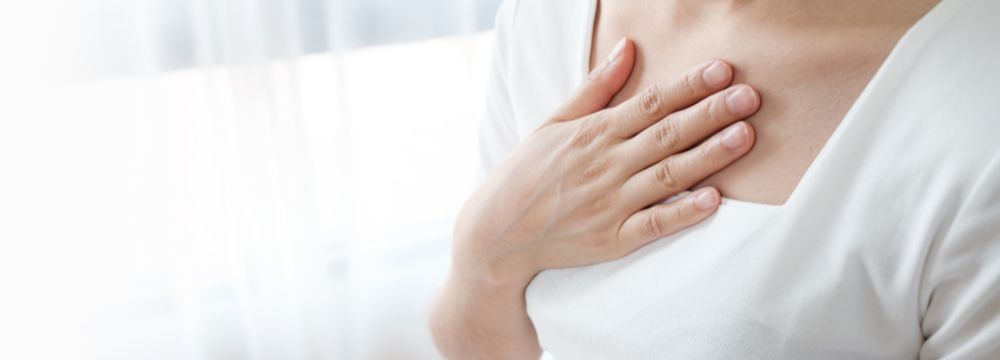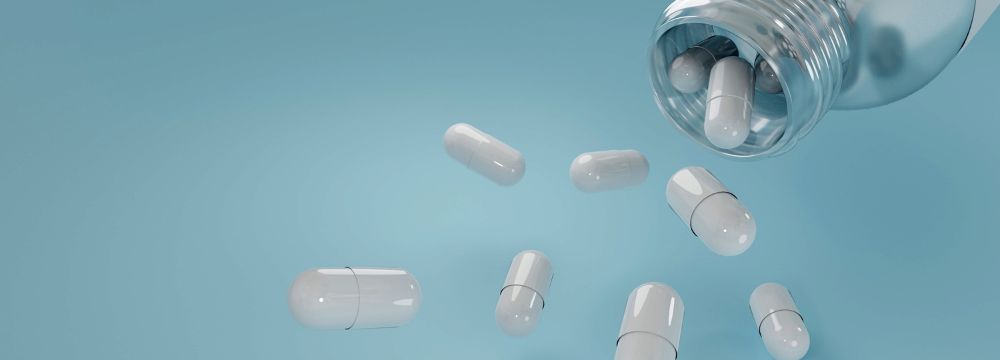
With an increase in excess weight and obesity across the United States, there has been a commensurate uptick in chronic reflux, also known as gastroesophageal reflux disease or GERD. GERD is distinct from the occasional reflux (GER) we all get as it is more consistent and persistent. GERD can be loosely defined as having a reflux episode more than a few times a week for several weeks.
What’s So Bad About the Burn?
Ultimately, the pain and discomfort associated with reflux are bearable for most patients. However, many don’t realize what is occurring in their esophagus when juices reflux up from their stomach. You can think of the lining of your esophagus much like your skin – it is smooth and sensitive, made for one-way food and drink transport into the stomach. However, when a constant wash of acid hits, that smooth skin gets what can be likened to a sunburn. As that skin burns repeatedly, it has no option but to change on a cellular level to adapt. As such, patients with severe GERD often develop Barrett’s Esophagus, a precancerous condition where the esophageal lining looks more like stomach tissue. This also increases the risk of esophageal cancer.
Options for Treatment
The most effective and least risky lifestyle intervention for GERD is improving dietary and exercise habits to reduce intra-abdominal pressure. Often, however, patients cannot lose weight or maintain a healthier lifestyle with diet and exercise alone. They are usually put on proton pump inhibitors, or PPIs, the front-line medication to block acid production and reduce the acid concentration in the stomach. In other words, the reflux continues, but the gastric juices are no longer acidic. These medications are indicated only for short-term use – no more than six weeks, but patients often stay on them far longer. They are usually lulled into a false sense of security, thinking PPIs are entirely safe if sold over the counter.
Yet, there is another significant consideration that is often overlooked. While antacids and PPIs effectively reduce the amount of acid in the stomach and are often very effective in addressing the symptoms of GERD, we now know that there are issues with the remaining stomach reflux that will continue to reflux into the esophagus. In fact, the stomach’s now base or alkaline contents may do similar damage over time with less apparent symptoms. Further, the lack of acid in the stomach can lead to the proliferation and dysregulation of gut bacteria, allowing the bad actors to take hold.
Addressing the Root Cause
As with many procedural treatment options, the goal is to address the root cause of GERD, which typically involves the weakening of the lower esophageal sphincter (LES), the valve between the esophagus and the stomach. When it weakens, the LES needs to be supported, which has been traditionally done using a procedure known as a fundoplication.
Fundoplications come in several forms. The Nissen Fundoplication involves a 360° wrap of the stomach’s upper portion around the esophagus’s lower part. By suturing the stomach in place, we can augment the LES musculature to block that reflux into the esophagus.
The Nissen fundoplication was the standard of care for a long time but came with several drawbacks, including a significant recovery period of up to six weeks, during which patients had to follow a strict diet. Further along, there was always the possibility that the sutures would come undone and reverse the effects of the procedure. Most patients also experience uncomfortable gas-bloat syndrome, where they cannot belch or vomit when necessary, often leading to significant discomfort as the stomach is distended.
The solution to this was initially the introduction of the Toupet and Dor fundoplications, which involve a partial wrap versus the full wrap of the Nissen fundoplication. These alleviated some of the side effects of the procedure, but recovery issues remained.
Enter LINX
A small bracelet-like titanium beaded device, LINX, was introduced to the marketplace to offer a viable alternative to a fundoplication. Using a magnetic clasp, the LINX is fitted around the LES during a 15-minute laparoscopic procedure that requires far less operative time and, consequently, anesthesia than fundoplication. This bracelet is meant to be a permanent fixture around the LES and offers similar patient satisfaction to a fundoplication. Notably, the LINX has a very straightforward recovery. Eating solid food after the procedure is not only possible but encouraged. Although it is unlikely, the LINX can also be explanted in cases of need. Even when the LINX is removed, the scar tissue that the body naturally builds up around the device often provides some residual pressure that can continue to minimize reflux into the esophagus.
Which Option Is Better?
Ultimately, both options have their benefits and drawbacks, and a consultation with a qualified general and bariatric surgeon like Dr. Jacobs is the only way to know which procedure is best for your circumstance. For example, patients with a large or paraesophageal hiatal hernia may be more suited to a fundoplication than LINX. Similarly, patients who do not wish to have a permanently implanted device may look toward the fundoplication. On the other hand, LINX offers a less invasive surgical option with similar results and an easier recovery.
A Caveat
It’s worth noting that a fundoplication requires wrapping the upper and outer portion of the stomach around the lower esophageal sphincter. With many bariatric procedures, including the gastric sleeve, duodenal switch, and more, this is impossible because that portion of the stomach is either removed from the abdomen or cut away from the rest. However, some GERD treatment options, including the LINX, can be employed after a gastric sleeve if reflux develops or worsens.
Next Steps
If your reflux is not well controlled through lifestyle changes, including diet and exercise, or if you’ve been taking PPIs for a while, it may be time to consider surgical repair. Dr. Jacobs is a leader in managing gastroesophageal reflux disease through surgical means. We look forward to seeing you at our office for a consultation to learn more about the benefits and risks and whether you are a candidate for GERD surgery.




